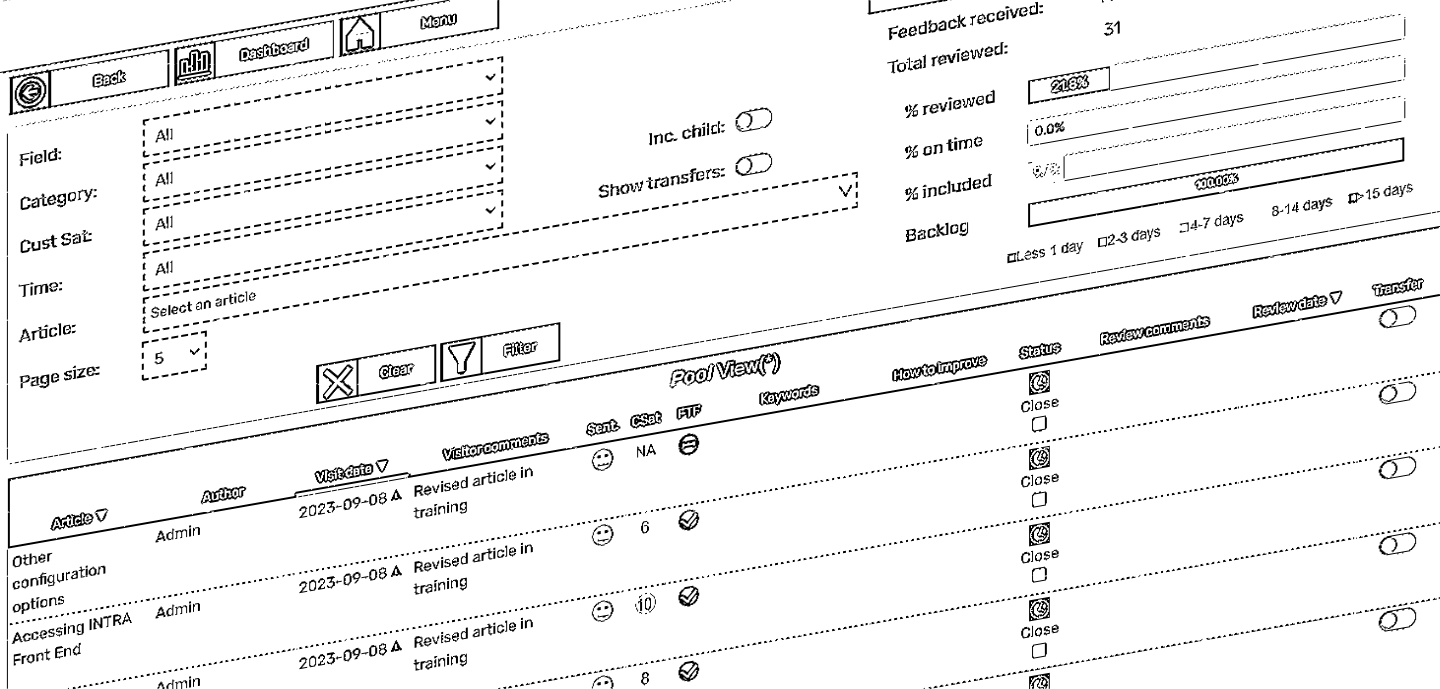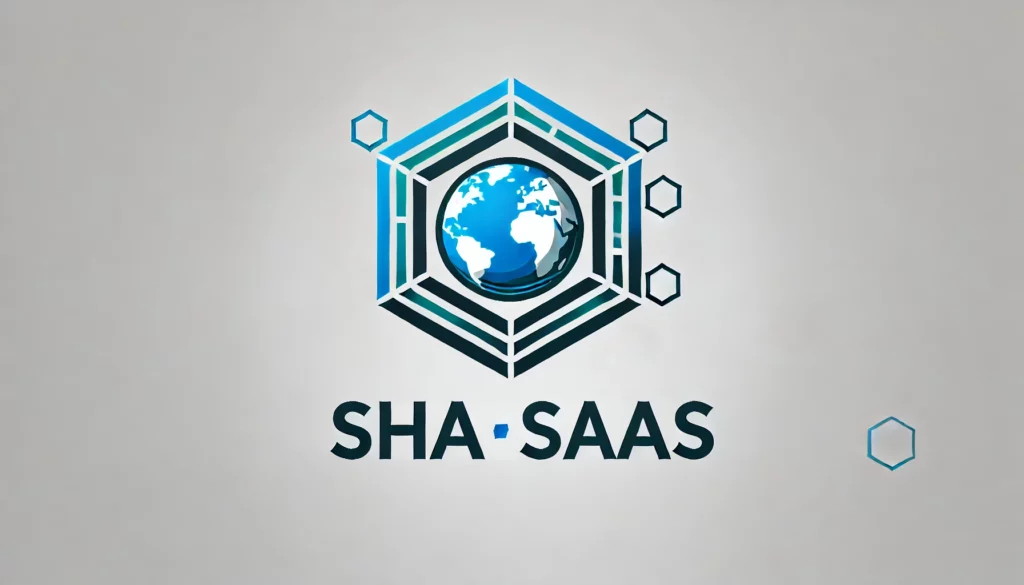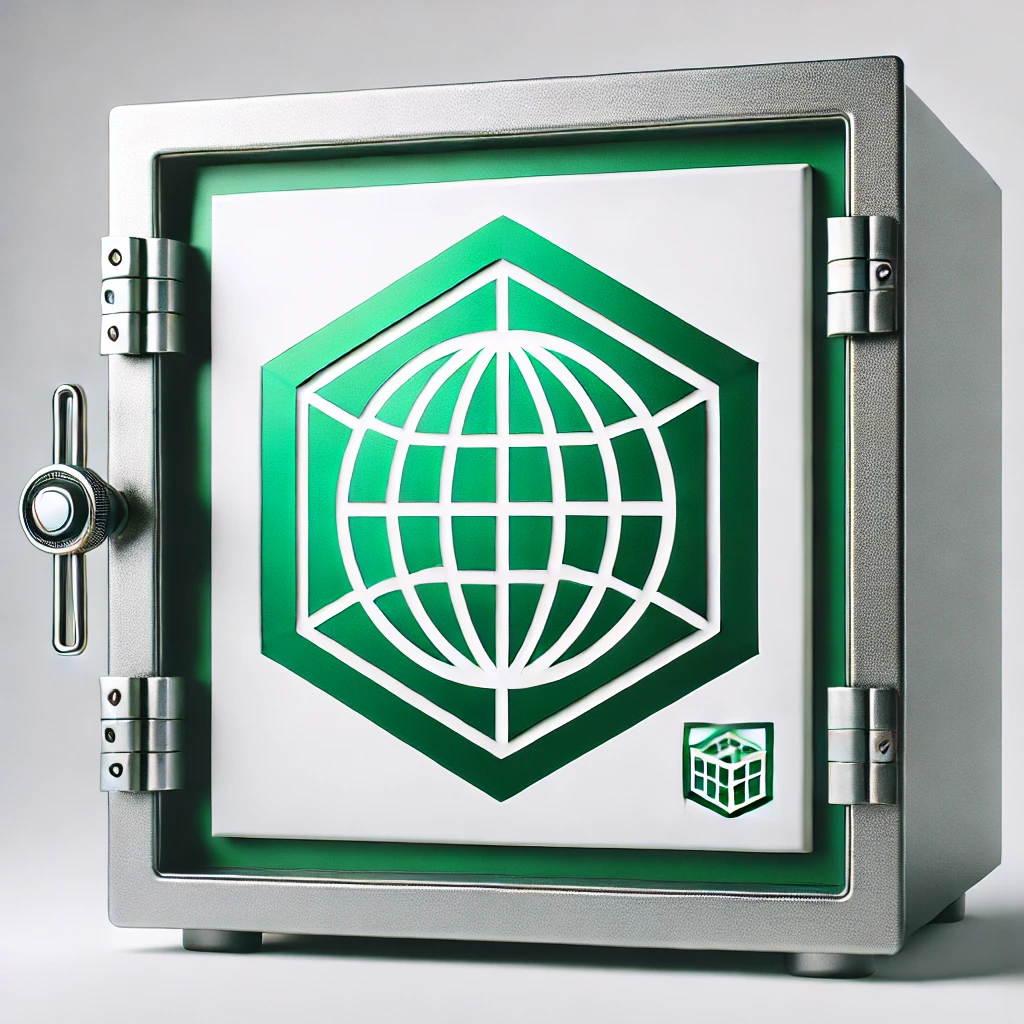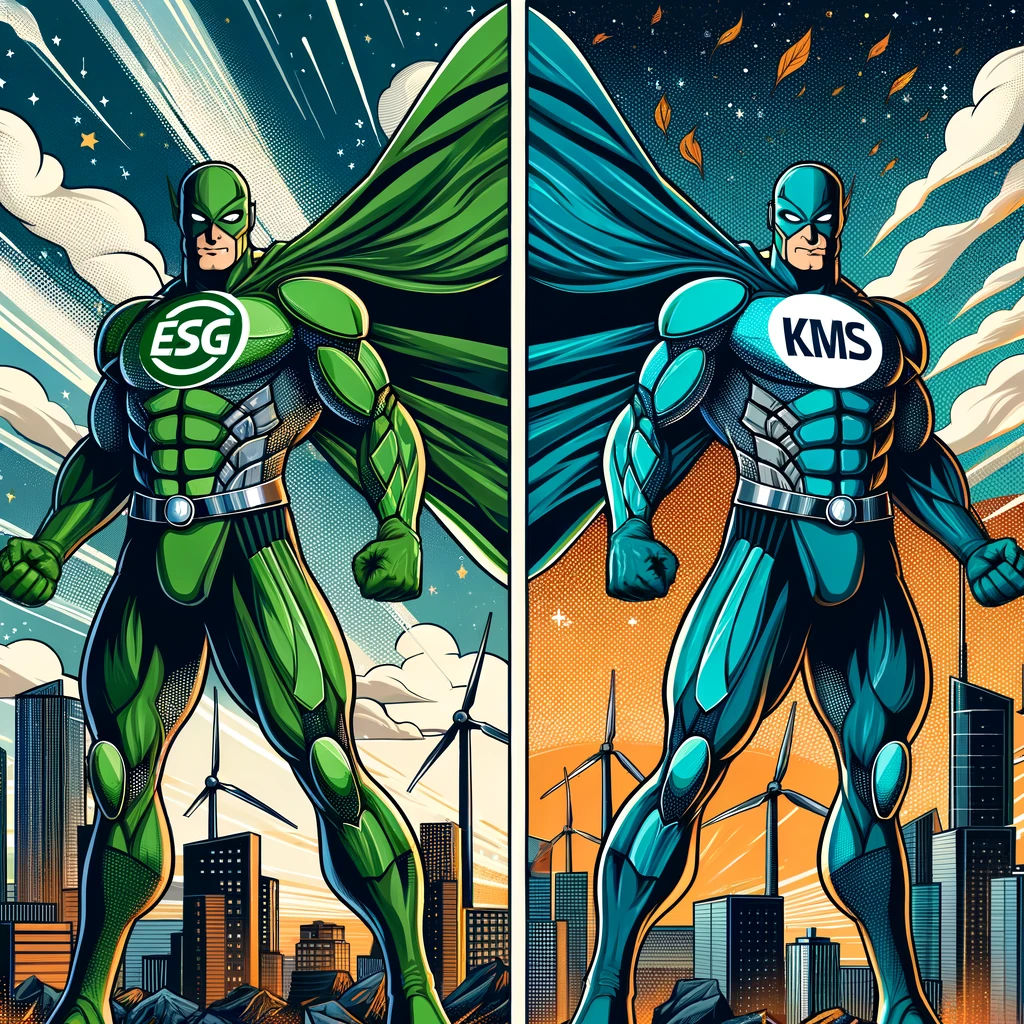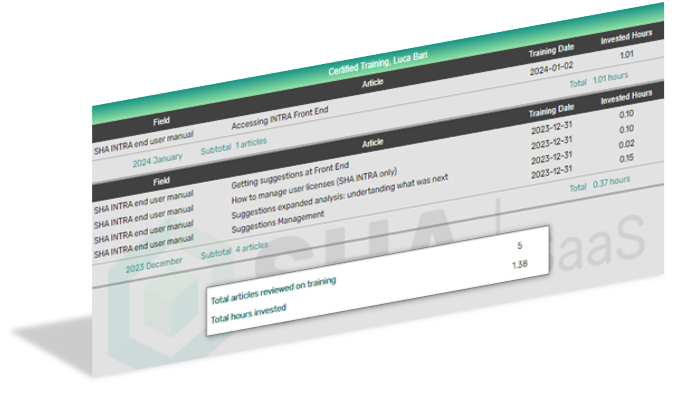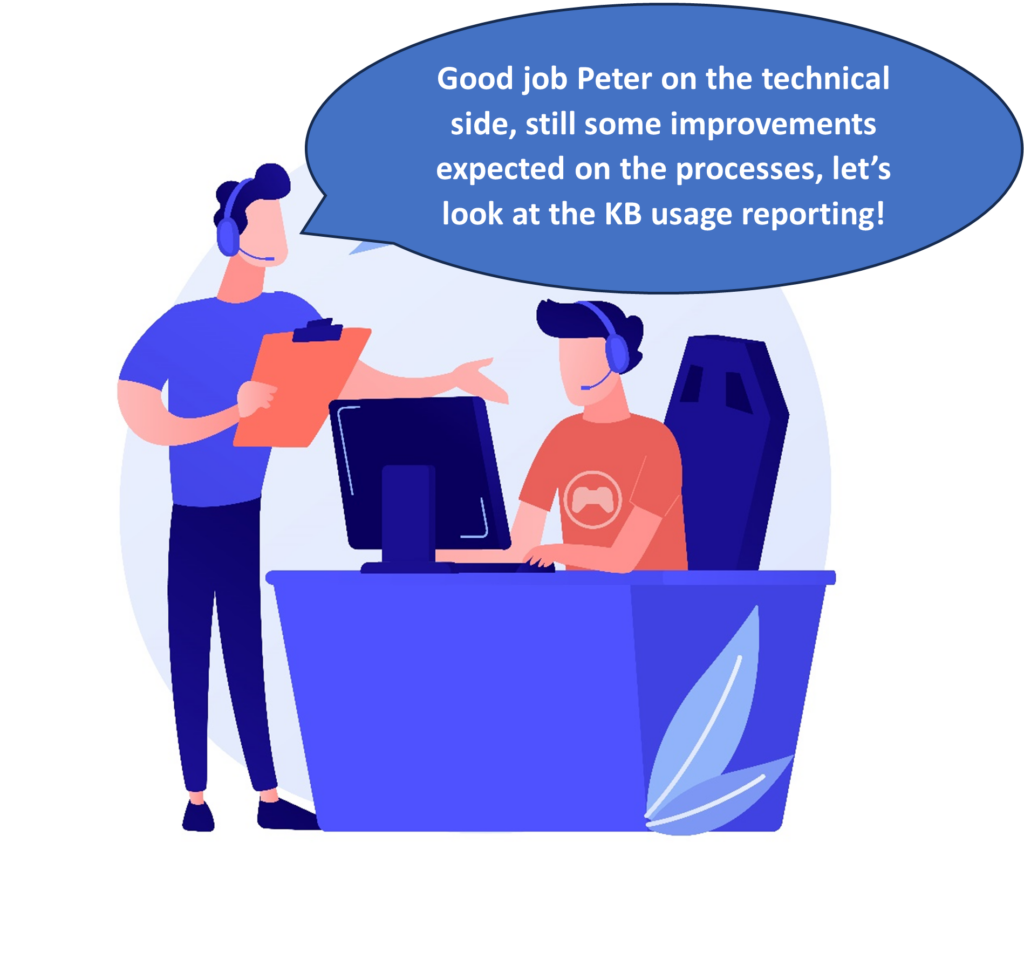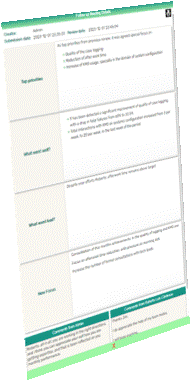Si bien la gestión de conocimiento en las organizaciones juega un papel importantísimo en la creación de valor, ya que sus individuos y equipos impactan directamente el desempeño de la organización cuando comparten conocimiento, en un entorno internacional toma aún más importancia.
En el caso de organizaciones multinacionales la gestión del conocimiento ofrece múltiples ventajas que contribuyen a la eficiencia, innovación, y competitividad global de la compañía. Sin entrar a discutir el grado de “centralización” necesario, si que es importante el empleo de plataformas comunes de gestión.
Sin pretender presentar una lista exhaustiva, se presentan a continuación una serie de ventajas asociadas a la gestión de conocimiento desde un punto de vista global:
UNA SOLA ORGANIZACIÓN.
Si bien en el caso de clientes locales, no parece evidente el beneficio asociado, en el caso de clientes con presencia en varios países o regiones, los beneficios son evidentes:
- Homogeneidad de Procesos: todos los empleados siguen las mismas políticas y procedimientos, lo que garantiza la uniformidad y calidad del producto/servicio.
- Normalización y Mejores Prácticas: fácil implantación de estándares comunes y prácticas a nivel global.
- “Toque Local”: el empleo de una plataforma de gestión adecuada, da cabida a la “localización” del conocimiento, integrándose perfectamente en la monitorización y “reporting”.
MEJORA DE LA INNOVACION: QUIEN MÁS SABE, MÁS COMPARTE.
En principio, el conocimiento se puede crear de forma centralizada, pero la mejora del mismo se producirá también de forma descentralizada, en función de la experiencia.
- Optimización de Recursos: facilita la identificación y movilización de expertos y talentos a nivel global para abordar problemas específicos o proyectos estratégicos.
- Compartir: facilita el intercambio de ideas, innovaciones y mejores prácticas entre diferentes partes de la organización, fomentando una cultura de aprendizaje continuo.
- Colaboraciónn Global: potencia la colaboración entre equipos de distintos países, lo que puede llevar a soluciones más creativas e innovadoras.
- Economías de escala: reduce costes operativos mediante la consolidación de funciones y recursos, eliminando redundancias y aprovechando la tecnología.
ADAPTABILIDAD Y RAPIDEZ DE RESPUESTA.
Si a nivel local el rendimiento de las herramientas digitales es fundamental para su aceptabilidad por parte de los equipos de una organización, parece obvio que su impacto en un entorno internacional es mayor. Un sistema global de gestión de conocimiento debe de poseer las siguientes características:
- Flexibilidad: Facilita la adaptación a cambios en el entorno empresarial global de manera más ágil y coherente.
- Rapidez de Difusión: Permite una comunicación instantánea de cambios en políticas, procedimientos, o cualquier otra información relevante.
- Gestión de Crisis: Permite una respuesta coordinada y eficiente ante situaciones de crisis, al tener protocolos y planes de acción incorporados en el sistema de gestión de conocimiento.
DESARROLLO ORGANIZATIVO.
El desarrollo de las personas y los equipos resulta vital para garantizar la supervivencia a largo plazo de las compañías, ya que les permitirá adaptarse a los cambios a los que se enfrentaran con el tiempo.
- Formación y Desarrollo: facilita la implementación de programas de formación y desarrollo profesional, gestionados de forma colectiva o individual, lo que refuerza el desarrollo profesional.
- Retención del Talento: ayuda a retener el conocimiento dentro de la organización, incluso cuando hay rotación de personal, al tener plataforma de información y experiencia.
CONTROL Y SEGURIDAD
Al igual que el rendimiento, el control y la seguridad de las herramientas digitales requieren una vigilancia total en un entorno global:
- Gestión de Calidad: Permite una supervisión más estricta y centralizada de los procesos de calidad, minimizando riesgos y mejorando la conformidad regulatoria.
- Protección de Datos: Asegura una gestión más segura y controlada de la información sensible, cumpliendo con las normativas internacionales sobre protección de datos.
- Análisis Centralizado: Mejora la capacidad de análisis y monitoreo de la organización a través de datos consolidados, permitiendo una mejor identificación de tendencias y oportunidades.
Por este motivo, en SHA centramos el desarrollo de nuestras soluciones en todos aquellos aspectos que ayudan a las organización al maximizar los beneficios de la gestión de conocimiento, independientemente de la función, unidad de negocio o geografía, buscando siempre maximizar el valor de la organización.
Para más información contáctenos aquí.
